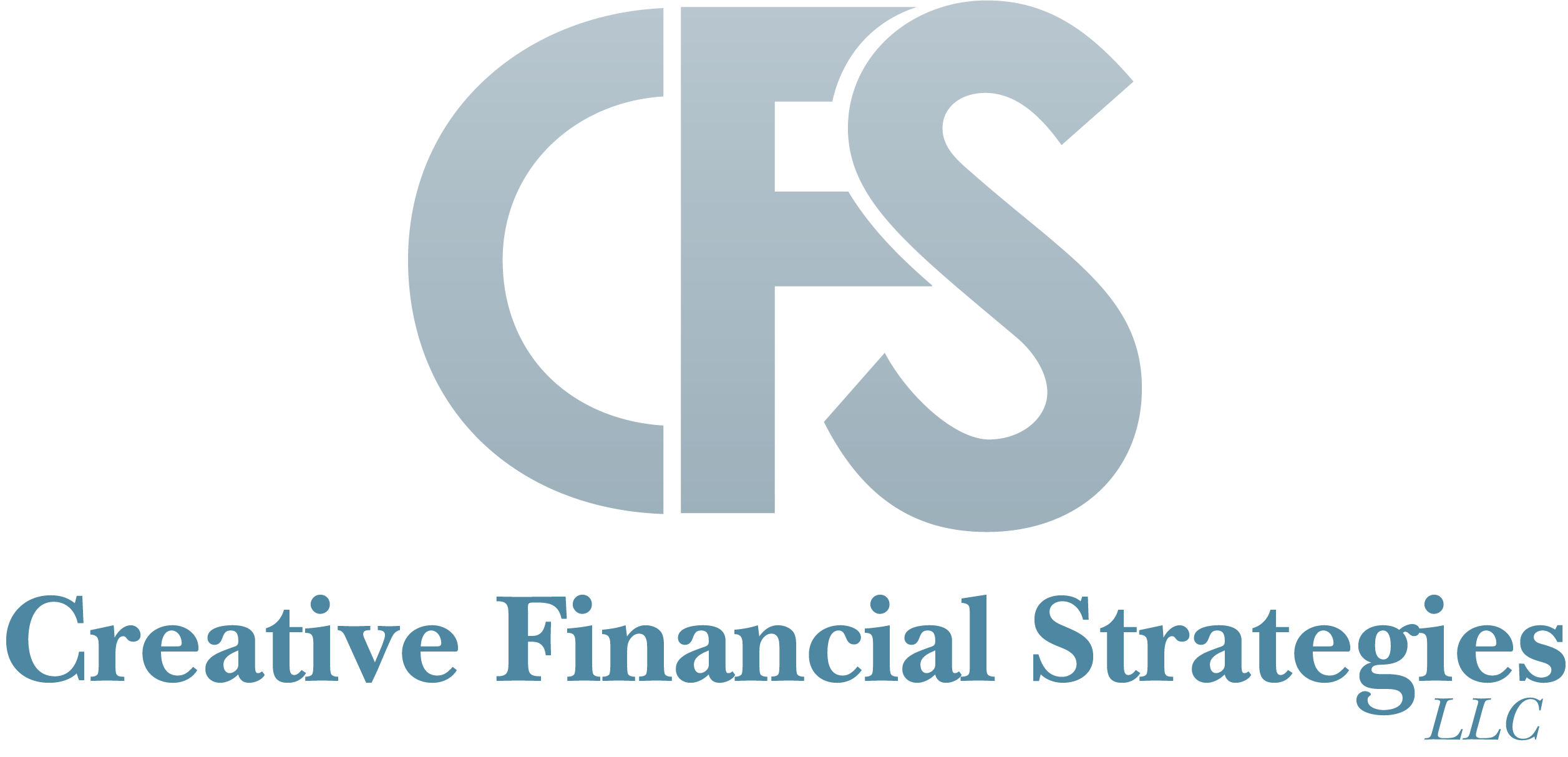Checklist to Care for Long-Term Care Needs
Many wealth advisors suggest their clients don’t have a long-term care plan in place. Yet, people ages 65 and older currently have a 70% chance of needing long-term care services, according to the U.S. Department of Health and Human Services. It’s advisable to start preparing for long-term care costs between ages 40 – 50. But keep in mind that long-term care planning is ongoing. As life changes, so should your plan.
What comprises long-term care resources?
You’ll need a strong support team for your physical and emotional needs. Planning for your long-term care can span homeownership, caregiving preparation, financial decision-making, and legacy and estate concerns.
Who should be part of my support team?
A support team should include financial and health experts and trustworthy family and friends. Should you desire that a family member be your primary caregiver, consider the financial and emotional complexities of assigning this role. It can present challenges to their wealth, health, and stress level.
What should I be doing to stay healthy?
Healthcare costs are on the rise, and the future of healthcare is uncertain. Medicare may not be enough, so you’ll need to cover your expenses strategically. Your health should be a central piece of your long-term care plan, as it could derail your savings. Work with your health providers and a long-term care insurance advisor to map out your care and potential long-term care insurance needs.
What financial collaboration is needed?
Consider preparing for your family’s financial future through legacy and estate planning with the help of legal counsel and a tax advisor. Legacy and estate planning (wills, trusts, deeds, bank accounts, retirement plans, taxes, etc.) help guide your family through your long-term care and protect family finances in the event of diminished capacity.
Adapted from Key Private Bank1


